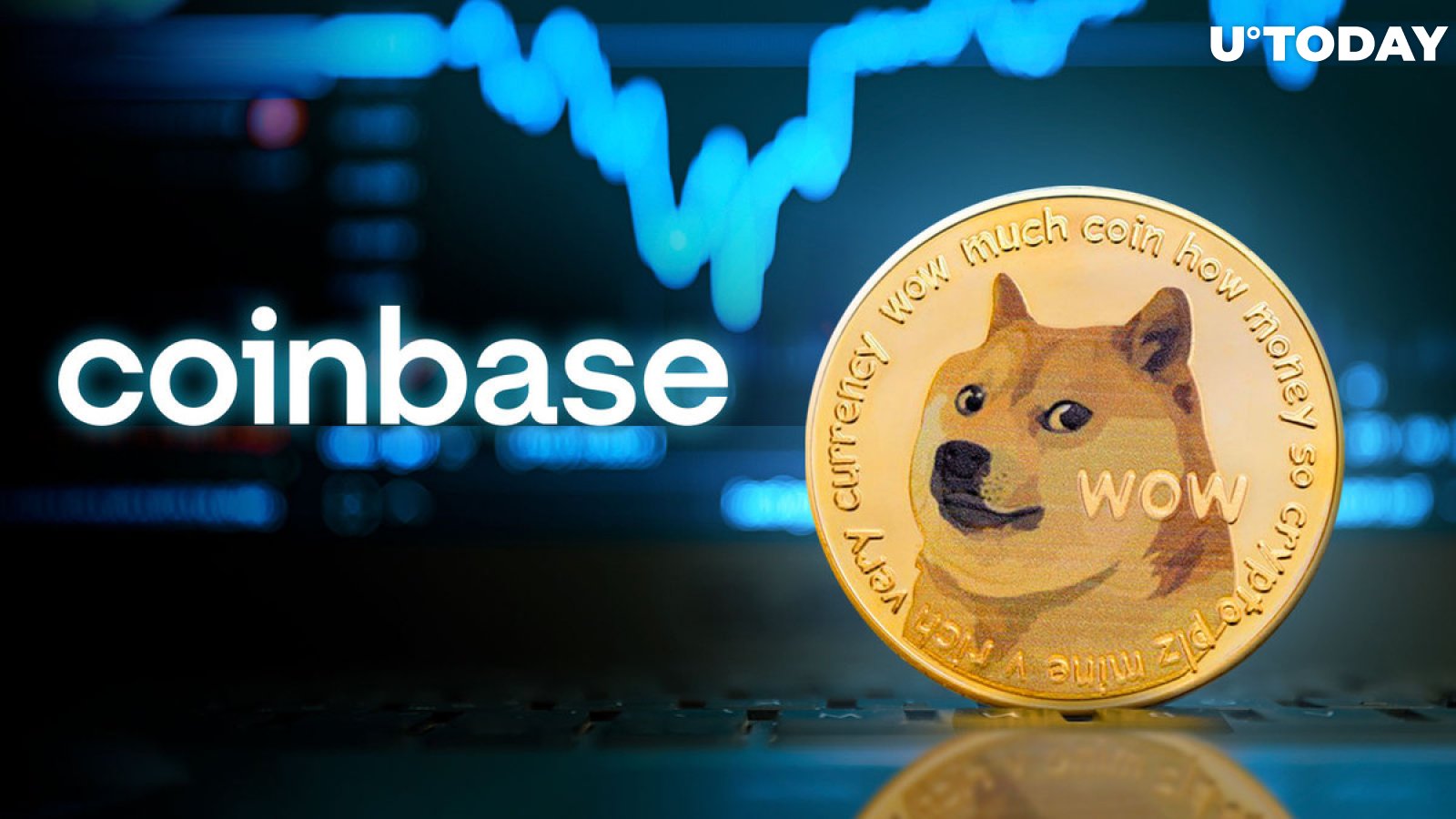Web3 vs Blockchain: Full Guide Into The Future of Crypto
Web3 marks a pivotal shift in internet architecture, aiming to decentralize control and empower users with greater autonomy over their data and digital interactions. While often confused, Web3 and Web 3.0 represent distinct concepts.
Web1 vs Web2 vs Web3: A Glimpse into Web History
To understand the concept of Web3, it's important to first grasp the distinctions between Web1 and Web2.
Web1 represents the early internet where static pages were designed for reading only, lacking interactive features. In contrast, Web2, which defines today's internet landscape, enables users to actively participate by creating and sharing content, fostering a highly interactive online experience.
However, Web2 has drawbacks, particularly in terms of centralization. Major corporations like Google and Facebook dominate the internet ecosystem, controlling vast amounts of user data and leveraging it for various purposes, often without full user consent or control. This centralization of data ownership and manipulation is what Web3 seeks to address through the principles of Read, Write, and Own, advocating for user empowerment and data sovereignty.

Web3 vs Web3.0: Same but Different
Both Web3 and Web 3.0 envision the future evolution of the internet and aim to address current web challenges, but they are fundamentally distinct. In essence, Web3 pertains to the decentralized, blockchain-based Internet, whereas Web 3.0 focuses on the connected and semantic web.
1- What is Web3?
Web3 represents a paradigm shift towards a decentralized internet, empowering users with control over their data and online identities. Coined by Ethereum's co-founder Gavin Wood in 2014, Web3 aims to combat data centralization, giving rise to the principles of Read, Write, and Own. Users leverage blockchain-based technologies to secure their data and identities, ensuring privacy and autonomy.
The foundation of Web3 rests on concepts like Self-Sovereign Identity (SSI), where individuals control their digital identities and data access. Decentralized storage solutions enable secure data management, fostering trust and transparency within decentralized autonomous organizations (DAOs).

2- What is Web 3.0?
On the other hand, Web 3.0, also known as the Semantic Web, envisions a machine-readable internet where data is intelligently linked and processed. Proposed by World Wide Web inventor Tim Berners-Lee, Web 3.0 extends the capabilities of the current web, enhancing efficiency and automation.
The Semantic Web aims to solve the limitations of the current internet by enabling seamless data interoperability. Projects like Solid, championed by Tim Berners-Lee, offer decentralized data storage solutions without blockchain's open data challenges. Solid's Pods empower individuals to control data access and privacy, paving the way for true data ownership.

3- Key Differences and Future Outlook
While Web3 and Web 3.0 share a common goal of improving the Internet, they take distinct approaches:
- Web3: Focuses on decentralization through blockchain, emphasizing user control over data and identity.
- Web 3.0: Prioritizes data intelligence and efficiency, facilitating machine-readable data for automated interactions.
Despite their differences, both Web3 and Web 3.0 strive to address current internet challenges and pave the way for a more equitable and user-centric digital future. As these concepts evolve, they promise to redefine online experiences and empower internet users globally.

Web3 vs Blockchain: Cutting-Edge Technologies
The relationship between Web3 and blockchain is intrinsic and foundational. Web3 is essentially built upon blockchain technology, leveraging its decentralized and secure nature to transform the internet into a user-centric, trustless ecosystem.
Web3 refers to the vision of a decentralized web where users have control over their data, identities, and interactions. Blockchain technology is crucial in realizing this vision by enabling decentralized applications (dApps), smart contracts, and digital assets.

1- Main Key Technologies of Web3
The main key technologies of Web3, which is powered by cutting-edge technologies are:
- Blockchain: Facilitates decentralized transactions and smart contracts, driving applications like DeFi and digital identity verification.
- Artificial Intelligence (AI) & Machine Learning (ML): Enhance user experiences through personalized recommendations and process automation.
- Internet of Things (IoT): Connects physical devices, enabling real-time data exchange for smart applications.
- Decentralized Storage: Ensures data security and accessibility without reliance on centralized servers.

2- Web3 and Blockchain
Some key aspects of Web3 that rely on blockchain include:
- Decentralization: Blockchain allows Web3 applications to operate without central authorities or intermediaries. This decentralized model ensures transparency, security, and censorship resistance.
- Data Ownership and Control: With blockchain, users can securely own and manage their data through cryptographic keys. This eliminates the need for centralized platforms to control user data.
- Trustless Transactions: Blockchain's consensus mechanisms (such as proof of work or proof of stake) enable trustless transactions, ensuring that interactions on Web3 platforms are verifiable and tamper-proof.
- Smart Contracts: Web3 utilizes smart contracts, self-executing contracts with terms encoded in code. These contracts automate and enforce agreements transparently and securely, eliminating the need for intermediaries.
- Digital Asset Ownership: Blockchain facilitates the creation and ownership of digital assets, such as cryptocurrencies (like Ethereum's Ether) and non-fungible tokens (NFTs). Users can securely transfer and manage these assets on Web3 platforms.

In summary, Web3 is closely intertwined with blockchain technology, leveraging its decentralized, transparent, and secure features to empower users and reshape the Internet into a more equitable and user-centric environment.





